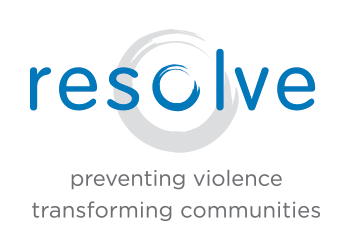My relationship to adrenaline – that hormone that gets the heart pumping and gives one the shakes – changed because of IMPACT. IMPACT’s adrenaline-based classes teach students (including me, years ago) how to function when their nerves are jangled and they’re having trouble thinking clearly. This comes from the behavior modification that instructors do in the moment of adrenaline that trains students in behaviors that lead to successful outcomes. Through this training, our brains learn that we can function in spite of this hormone flowing through our bodies.
Since my first class, my relationship to adrenaline has become more conscious. I’ve noticed adrenaline when I: had a grant deadline to meet and experienced technical difficulties minutes before the cut-off, drove a stick shift in traffic for the first time, talked in front of important groups, had difficult conversations, had a near-miss while driving… and probably lots more.
Each time, I noticed my response was to grumble amusedly, “My friend, adrenaline” in recognition of its sudden presence. I may have not been altogether pleased to see my friend, but I understood what I was feeling. In the past before my first class, I might have labeled it “panic”, “anxiety”, or “irritation” and gotten more “stressed out.” After the class, I was able to identify it as a natural, physical reaction to what was going on and have a different, more productive relationship to it.
While these more everyday adrenaline experiences do not have a direct relationship to staying safe, I realize that this changed relationship to adrenaline is one of the ways IMPACT can improve one’s quality of life. Adrenaline (and conflict) are natural parts of life; we will never change that, but we can change our responses to them.
